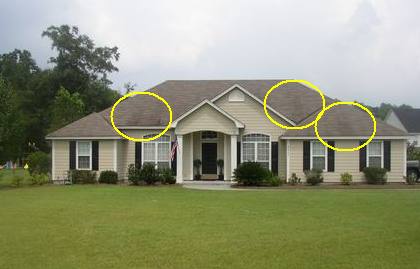
D. Douglas Hoffman
Executive Director of NORMI
A well-known expert in our area, when interviewed on a local New Orleans radio station, recently said, “When you have a mold problem, simply wash down the affected area with diluted bleach.” We have seen FEMA handing out gallons of Clorox to flood-victims. Lowe’s and Home Depot stock up pallets of the stuff whenever the impending doom of a threatening hurricane is close. This is one of the most widely publicized “urban legends”. Bleach is a powerful oxidizer and can, in many instances, sanitize surfaces of certain types of bacteria but when you are faced with a wall covered in mold, bleach is NOT the product to use.
Eyebrows raise in disbelief every time I say the phrase “bleach doesn’t kill mold.” Some look at me as if I’m speaking another language and they are right. I am speaking the TRUTH. Bleach (active ingredient is Sodium Hypochlorite) is very effective in removing the discoloration but may leave the microflora that will enable the mold to return in exactly the same spot when conditions are right. So, “how do you know this,” I’m asked.
Several years ago we helped develop a process by which shingle and tile roofing systems could be cleaned of the mold and mildew that plague them. Look at any Real Estate guide or website that lists houses for sale and you’ll see house after house with mold streaks running down from top to bottom of the roofing system. The mold on the roof looks ugly but that was not our biggest concern.
